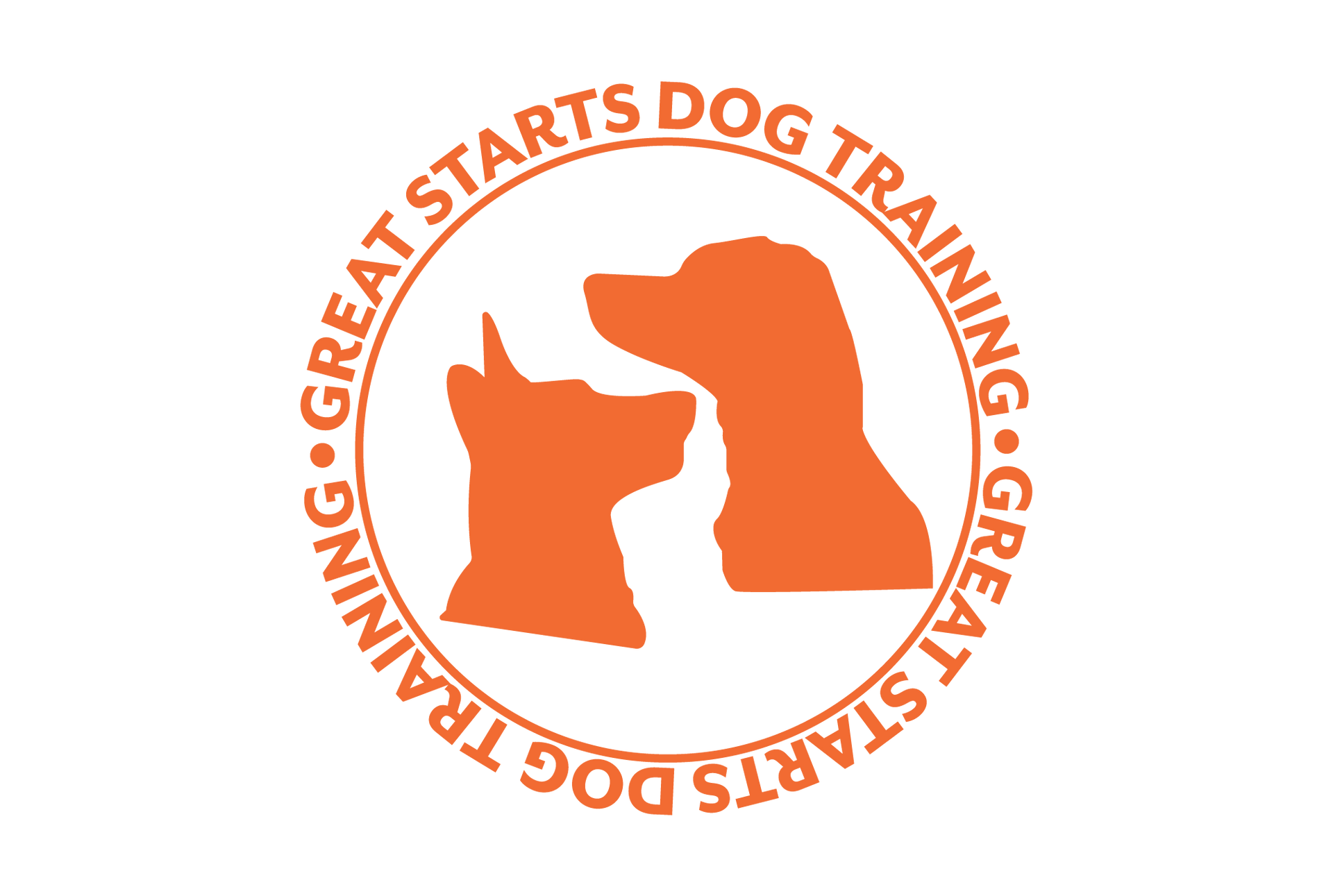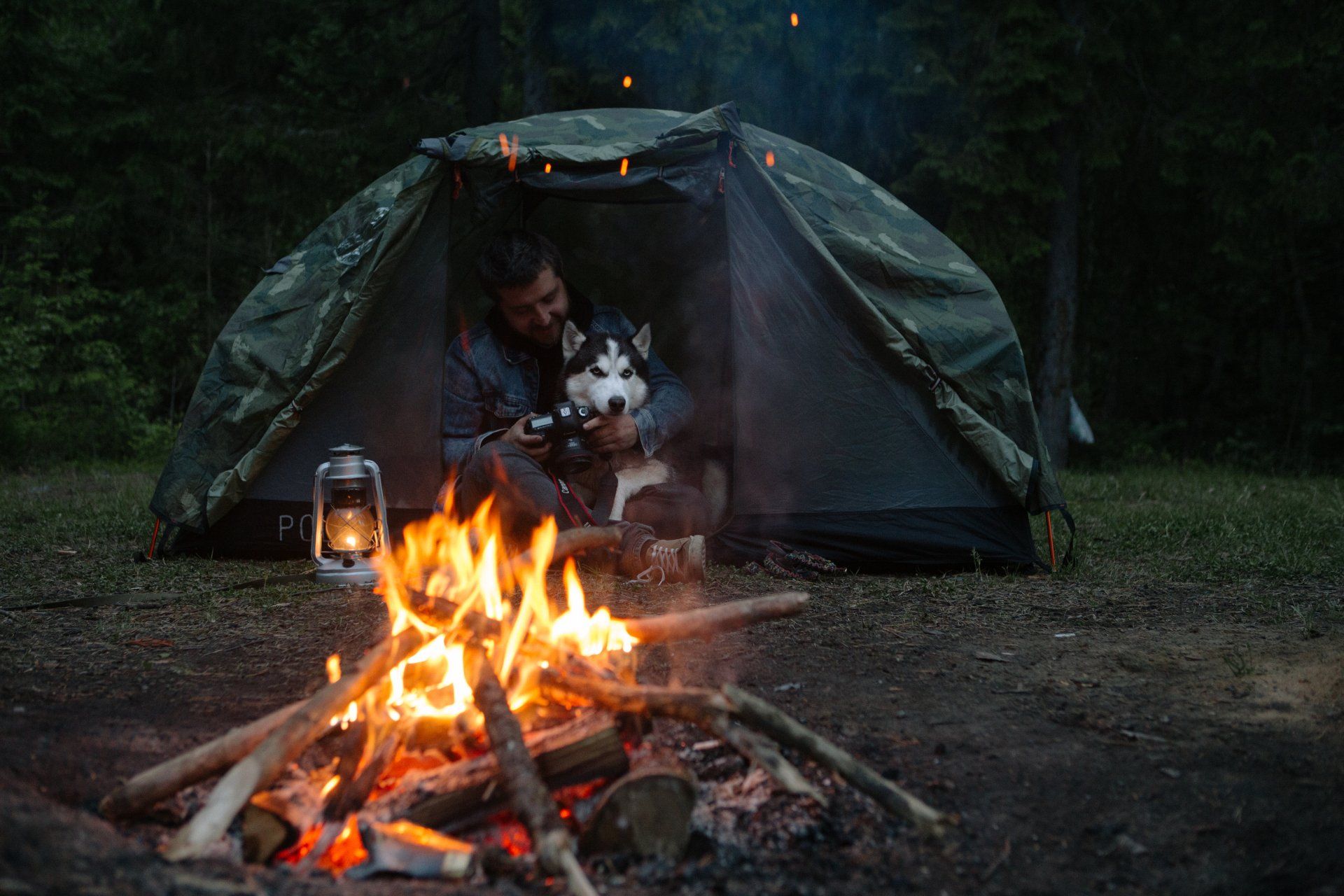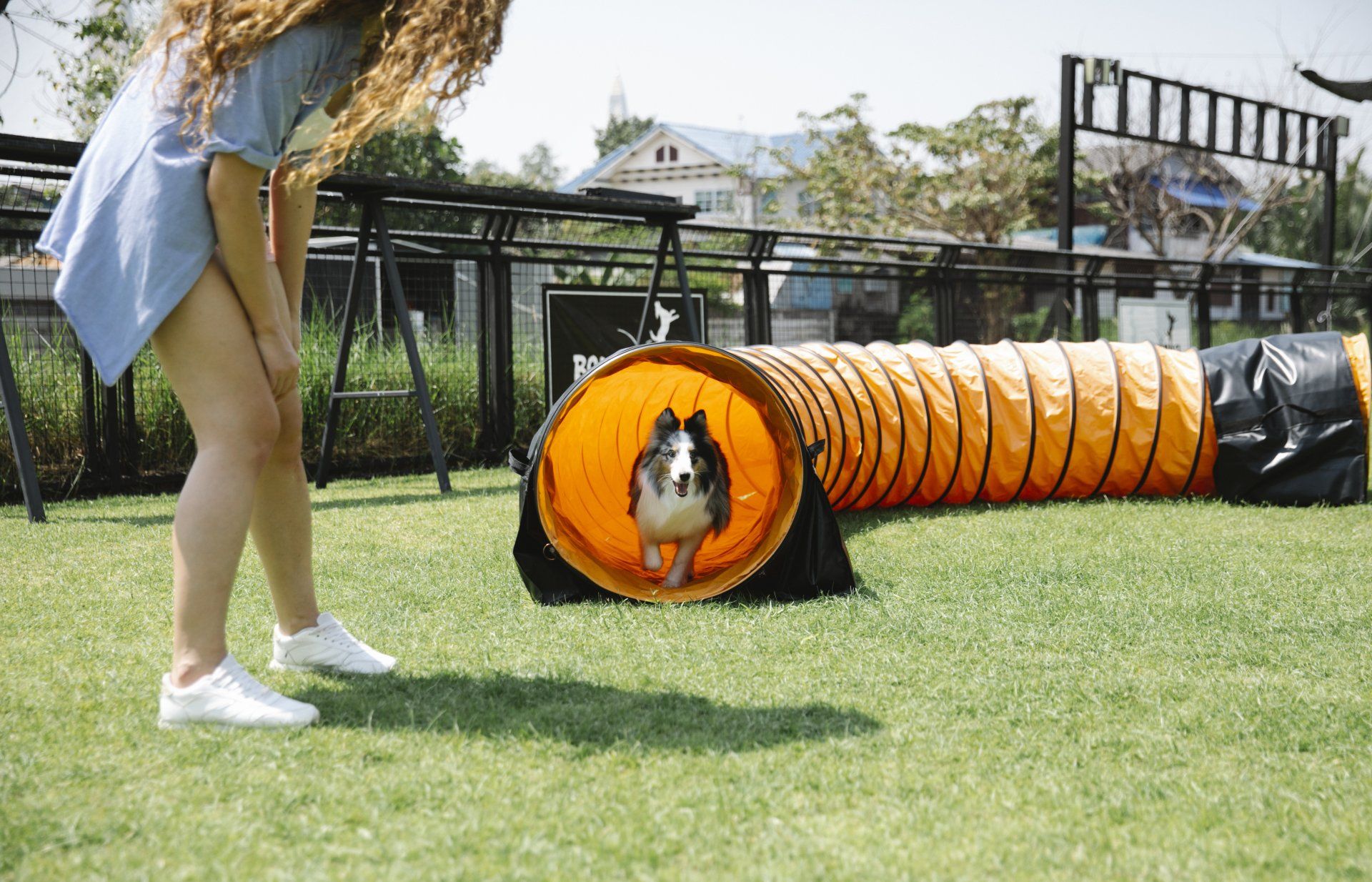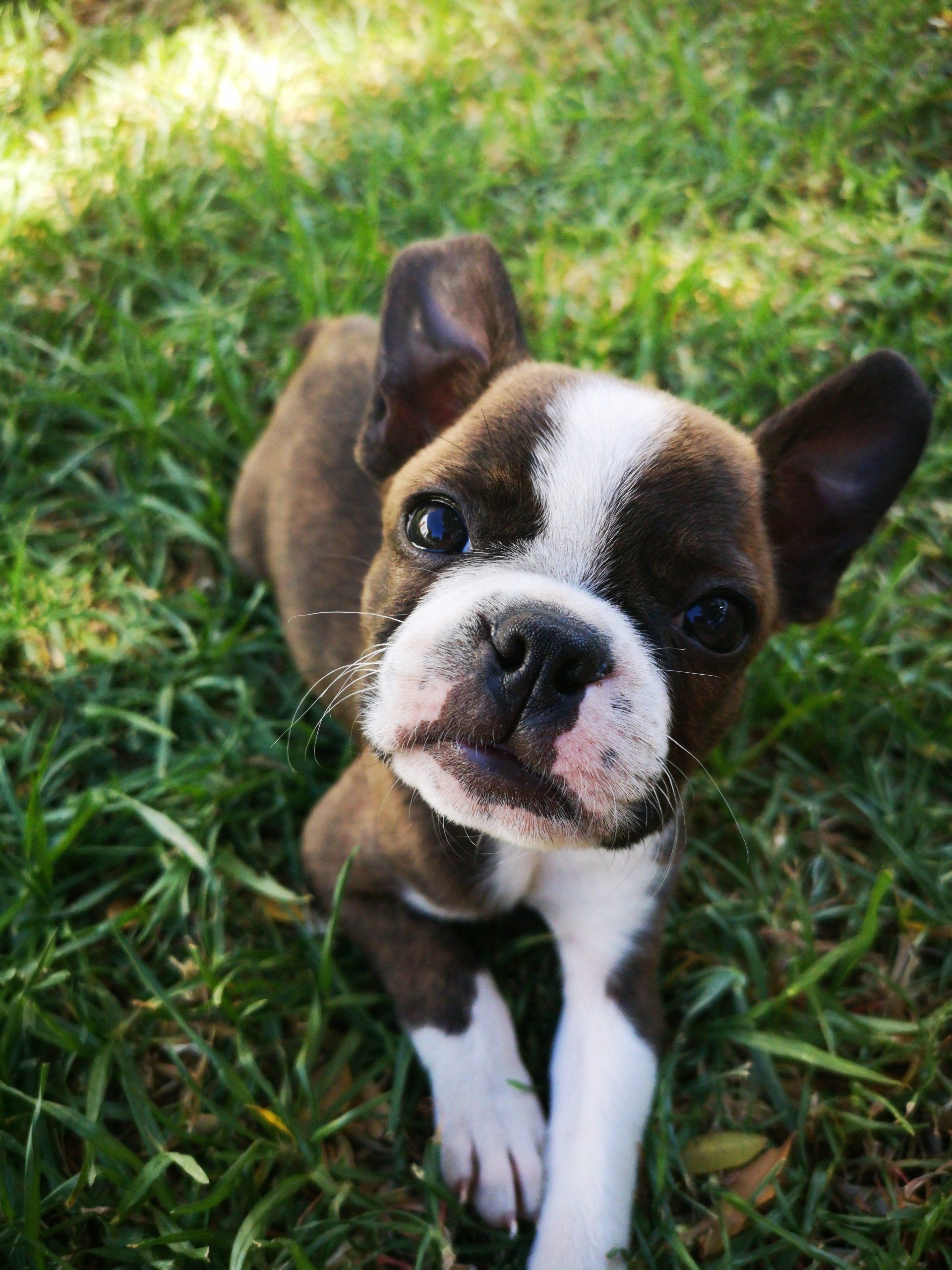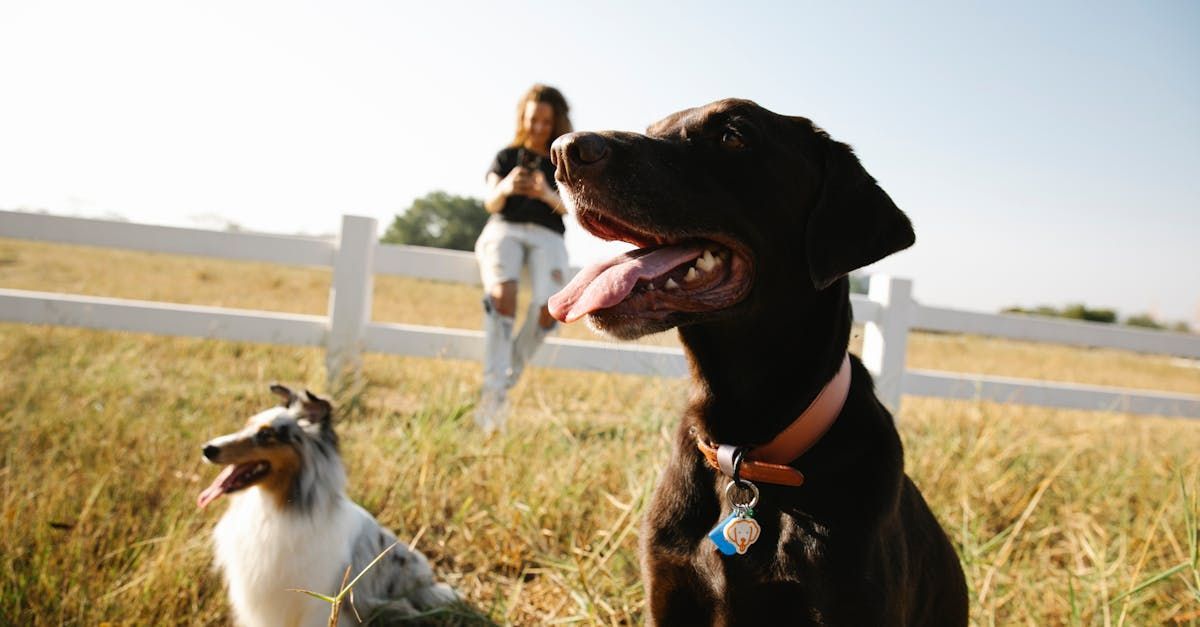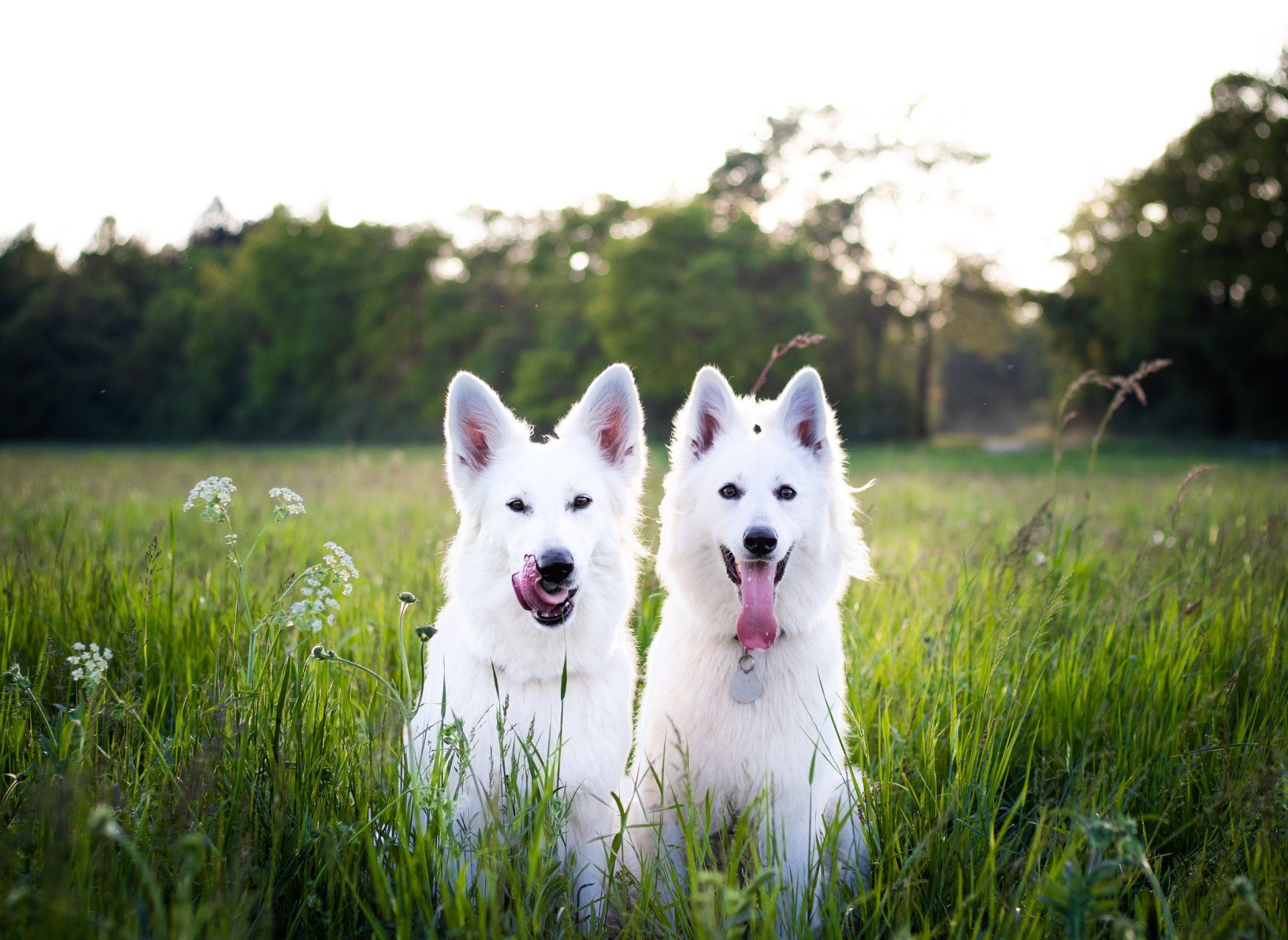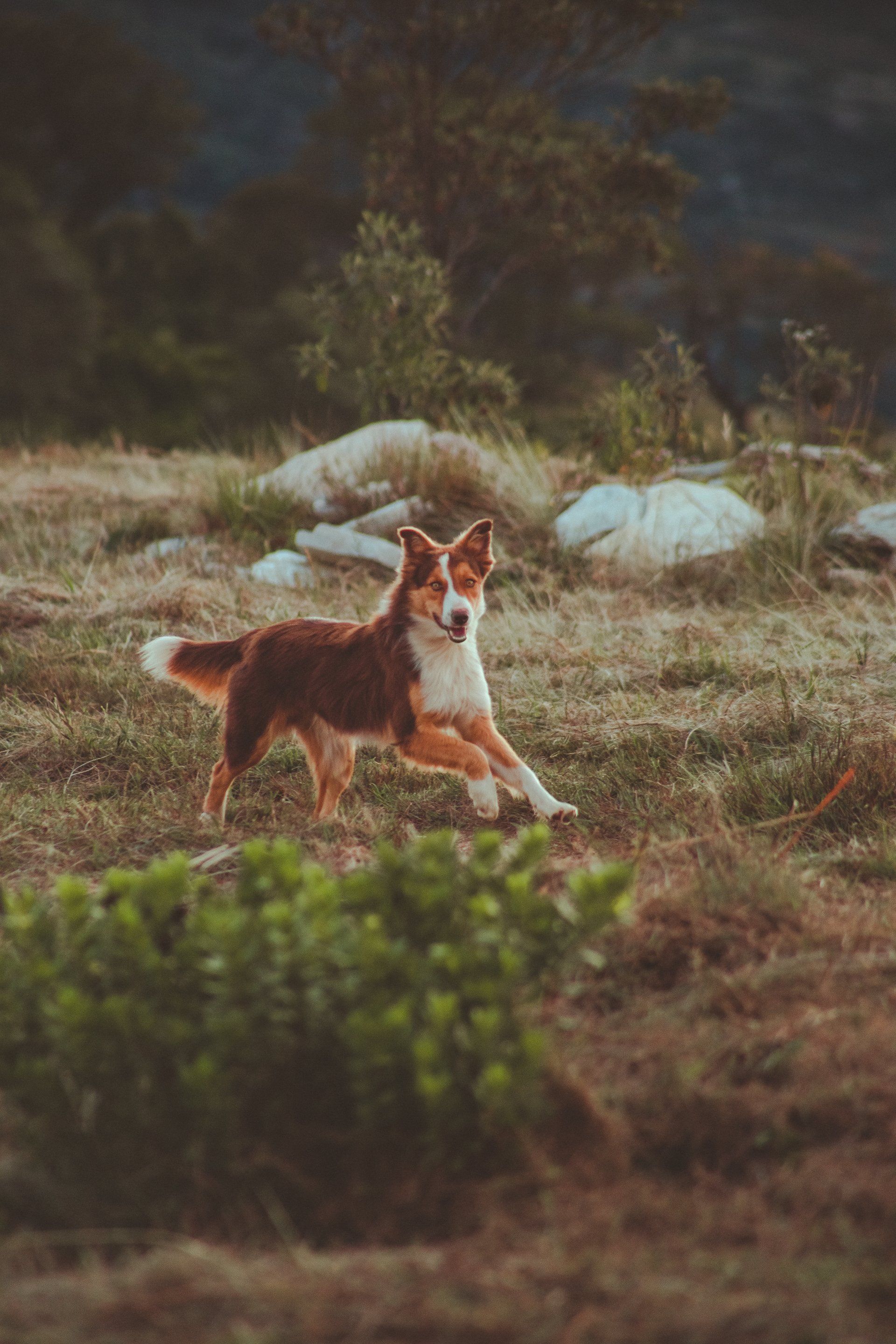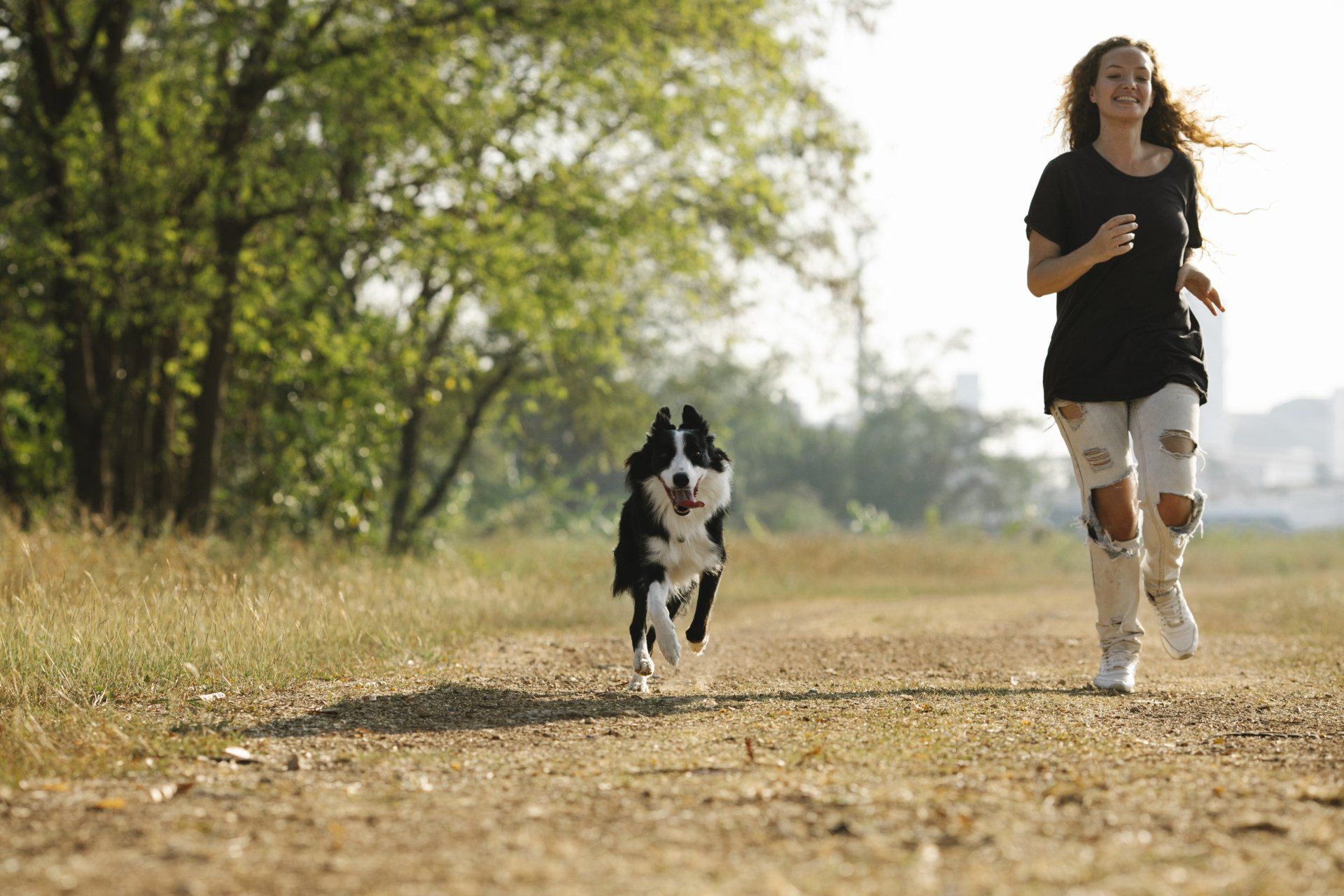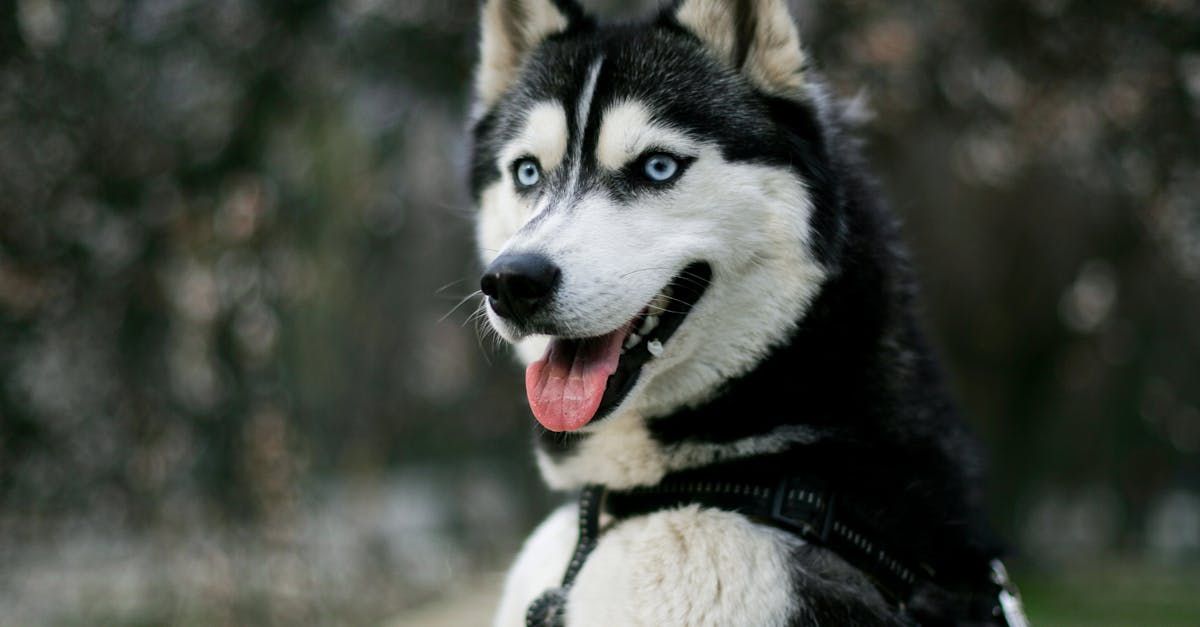There's more to training than "sit and stay"
Sure, foundation cues such as "sit and stay" are important. But are they everything?
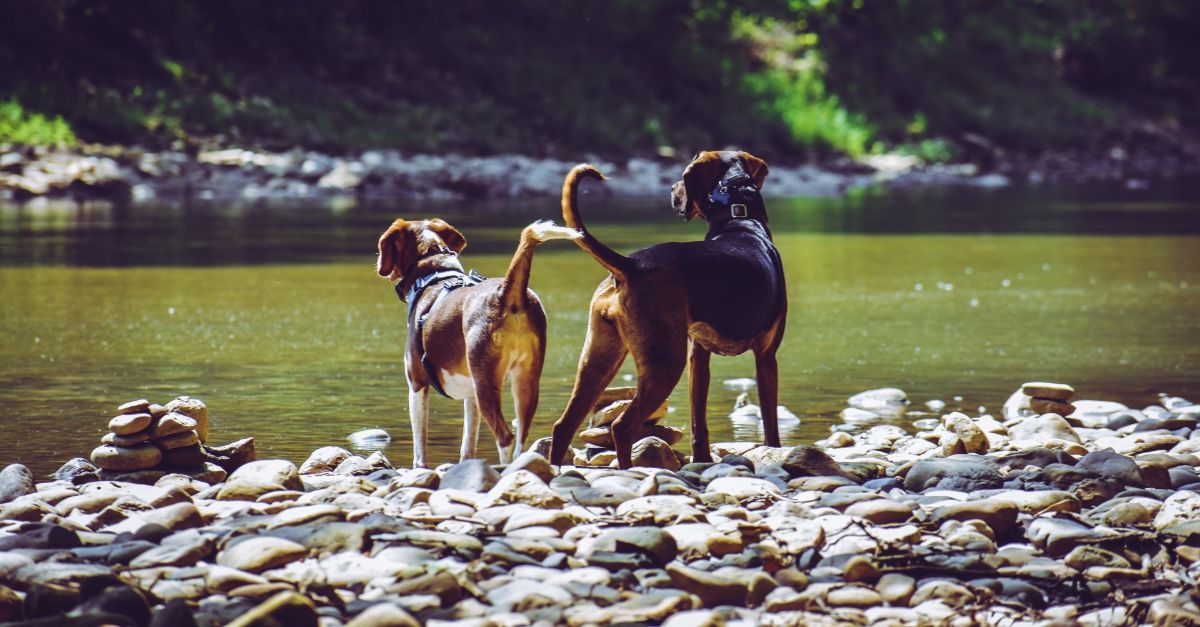
When you think about dog training, where does your mind immediately go to?
If you're like most people, it's probably to the most common "sit, stay" words.
But is that all dog training is? Teaching dogs how to sit, stay, lie down, roll over...?
What's the goal?
If you're like most dog owners, the idea of training can sometimes be a bit overwhelming. After all, there are SO many things you can do, it can be difficult to narrow it down. That is, unless your dog is already showing you what challenges they are having and could use some help with.
As a Dog Trainer, one of the first things I do before I agree to work with someone and their dog is to meet with them in person at their own home. The dog's domain... This step is crucial because I need to see how the dog is going to react to someone they don't know, coming into their space unannounced. But it isn't just the dog I am watching!
Many humans don't realize how they are projecting their emotions onto their dogs. It's not something just anyone can see, it takes time, practice, and patience to be able to put the puzzle together and "connect the dots" on the situation.
During the initial consultation, I'll ask certain questions about all sorts of things pertaining to the dog, the situations, the experience of the owner, and the day to day happenings in their household. It is incredibly important to see as full of a picture as I can in order to hone in on the goal(s) for training outside of what I may have been told.
For some, their hope with training is to teach what I call the "Foundation cues." those are your "sit, stay, come, down," etc. The cues by which all other cues are built upon! So don't get me wrong, I know they are incredibly important. But there is a whole other side to training that I've noticed not many people see initially.
Hint: It's not just the dog...
That's right! training is so much more than the "sit and stay" etc. cues because it isn't just the dog who needs the work! I hate to burst your bubble, but a majority of the time when I work with people, it is the people who are having the biggest affect on their dog's behavior.
Spend any amount of time with a dog trainer who has been doing this for a long time and you'll hear the same thing!
Dogs are wired to be within a pack, within a family unit of some kind. They are MASTER body language readers, and have the ability to smell and decipher the change in our scent that reflects our mood, health, energy levels, and more. If you think your dog isn't able to tell if you're mad or stressed, pay close attention the next time you are and see how your dog interacts with you and others.
So what do I mean when I say there is a whole other side to training that most people don't see? Most people don't assume they are a part of the problem!
Occasionally, I will get individuals who are aware that they are most likely impacting their dog in some way, but aren't sure how. I LOVE when the lightbulb moments happen and they start to learn how to connect the dots and read into their own emotions and the role they have in a situation.
Now, this doesn't mean that dog owners are 100% to blame for their dog's poor behavior. All I'm saying is in order to truly bring about the change and achieve the goal in mind for training, you can't just work on the dog!
Moral of the story...
The purpose of this post isn't to point the finger and say "you are the reason your dog is (enter issue here)". There is a happy medium in training that has to take place in order for you to be successful and attain your goal. We have to teach your dog, and if necessary, we have to teach YOU too.
I wish I could say every single person I've ever had to have this conversation with received it with open eyes and arms... It is not an easy thing to be told you are potentially part of the problem. Trust me, it is not rainbows and butterflies delivering it!
The point is, keep an open mind when you are looking for and participating in training for your dog. Our job as Dog Trainers isn't to point out all the terrible things you could be doing that are adding onto your dogs behavior. It's to be a compassionate, empathetic, supportive, stern (at times!) teacher.

